You run into shortened URLs more than you realize: authenticating your email for a new account, clicking on an appointment reminder text, clicking on a social media link (which inevitably leads you down a social media spiral of articles for the next hour.)
URL shorteners are used by everyone from bloggers, to social media influencers, to giant companies. You may be wondering:
Why bother shortening links?
- They make links more manageable for posting, clicking, and tracking.
- You can track and compile click data with many link shortening services.
- They connect users with features, offers, etc. because they have been redirected through a link.
- They promote sharing, as it’s easy to copy-paste shorter links.
How do people use them, though?
Glad you asked. Here are 10 of the most common uses for short URLs.
1. SMS Messaging: Get around that character limit.
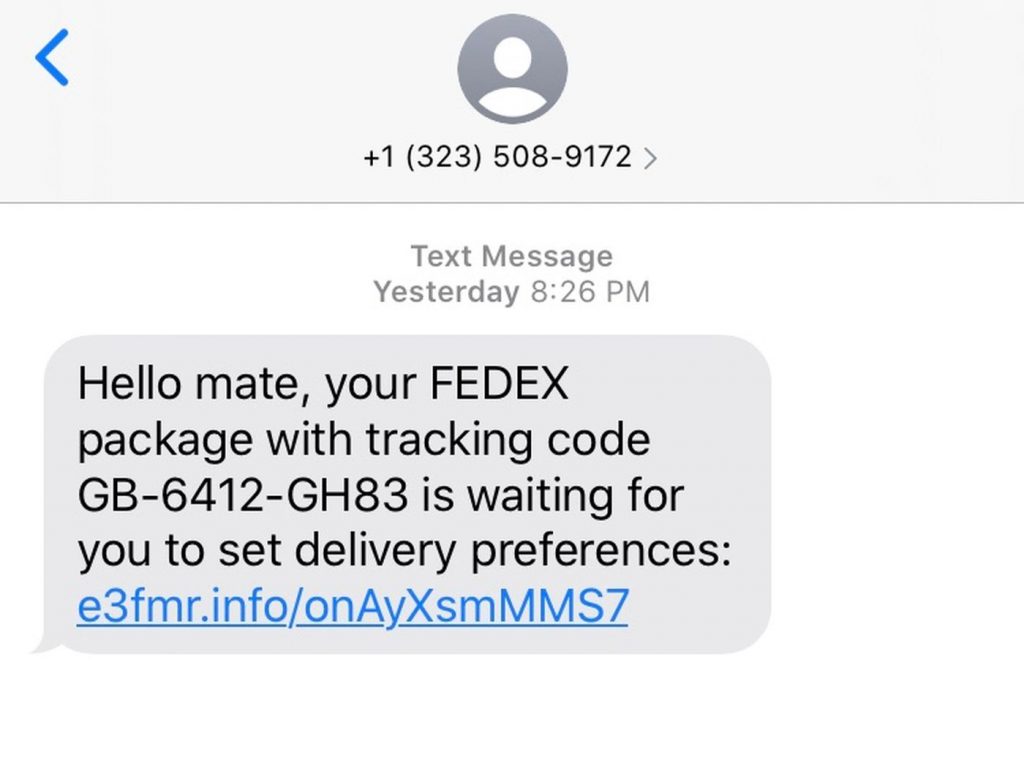
There are limits for character counts when it comes to SMS messaging: A single text message can be up to 160 characters long. Messages longer than this are broken into chunks. This runs the risk of a link breaking in the middle of a text, and the hyperlink is broken.
To get around this character limit, services that make use of SMS need to shorten their links. It’s the thing that takes up the most space, but it doesn’t need to be.
SMS links are used for:
- verification of accounts and activities, such as large purchases on your credit card, or confirming an appointment
- authentication links, for instances like when services are making sure you’ve entered a real phone number
- offer links; marketers love to send you SMS messages with sale links and coupons in them
- personalized content links, like package tracking or upcoming appointments
People always have their phones on them — it only makes sense to send information there.
2. Shortened URLs in Email: Direct users on all devices.
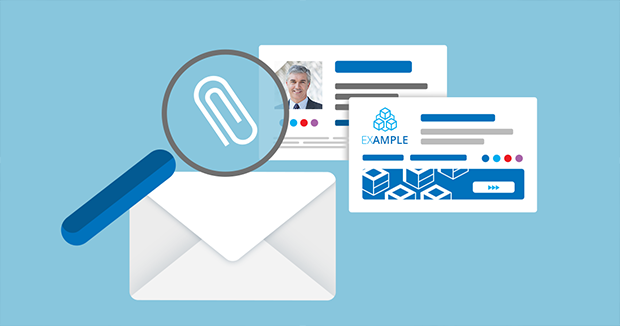
Email links have to be accessible whether you’re on desktop, tablet, or browser. This is easy to do with a URL shortener.
Some common uses of short URLs in email:
- user authentication and verification, for instances like confirming your email, or setting up a new password
- image links, so users can simply click on the image of something, like a coat, and find the source
- sales and coupon links
Users are already online. Make it easier for them to navigate to where they should be.
3. Chat Bots: Make space for your users.
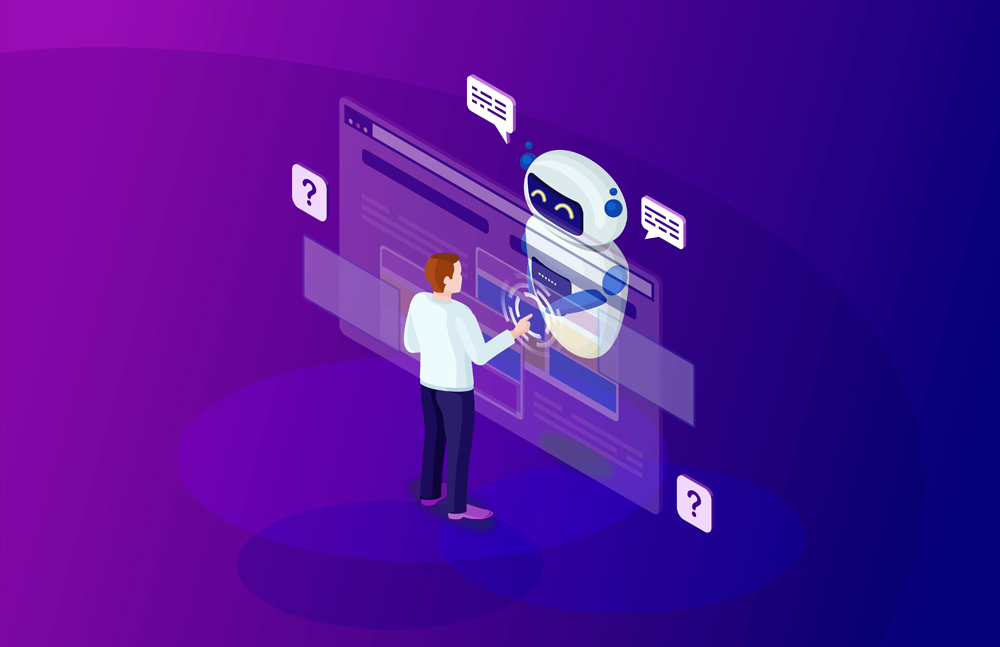
Chat bots are placed on your website to take care of standard run-of-the-mill questions. Many user questions can be answered by simply sending a link directing them to the right documentation. Link shorteners can send shortened links that fit better in a message box.
4. Social Media: This is probably the most common use of shortened URLs.
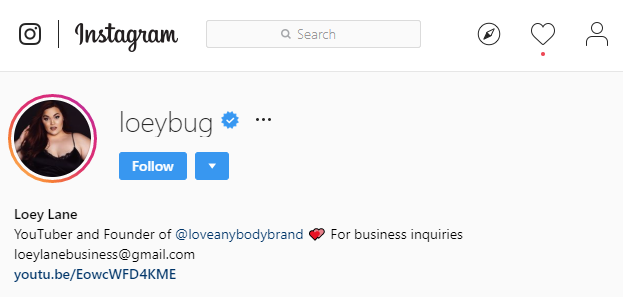
You want to give your social media posts, bios, etc. the attention and detail they rightfully deserve. However, several social media platforms have determined just how many characters you have to do that.
Links are necessary, but cost a lot of characters. Short URLs cut down on those characters to make more room for you and your words.
For you future (or current) social media moguls: Here is a list of ideal character counts for anything you would ever write on every social media platform.
5. Web Content: Redirect users all over your website, without all the mess of long URLs.
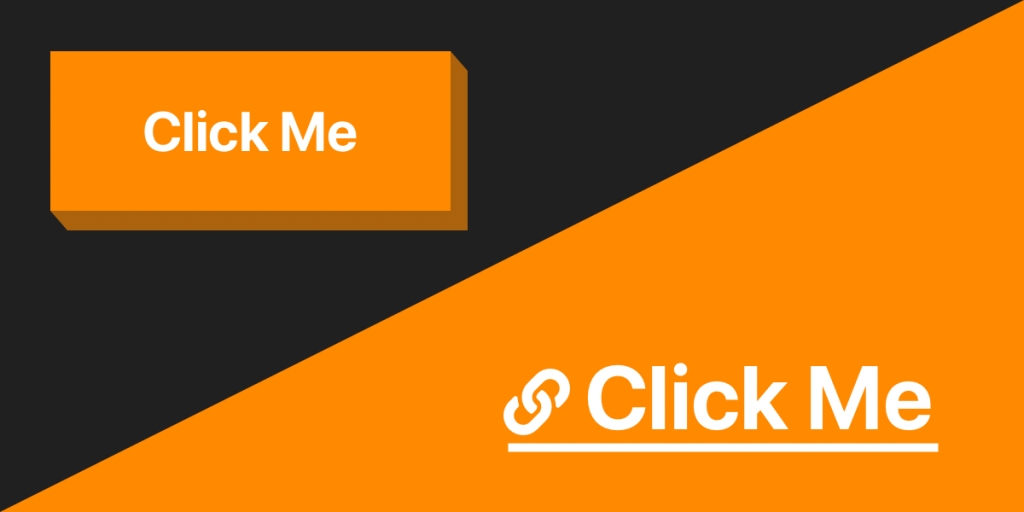
Links linger all over a website. Anything “extra” on a website usually links you somewhere else: buttons, banners, and pop-ups are all meant to redirect you.
Short URLs cut down on the space a URL takes up. Most URL shortener services also let you monitor links, so you can see how engaged users are with your advertisements just by knowing about the people who click.
6. Print Media: Print isn’t dead?
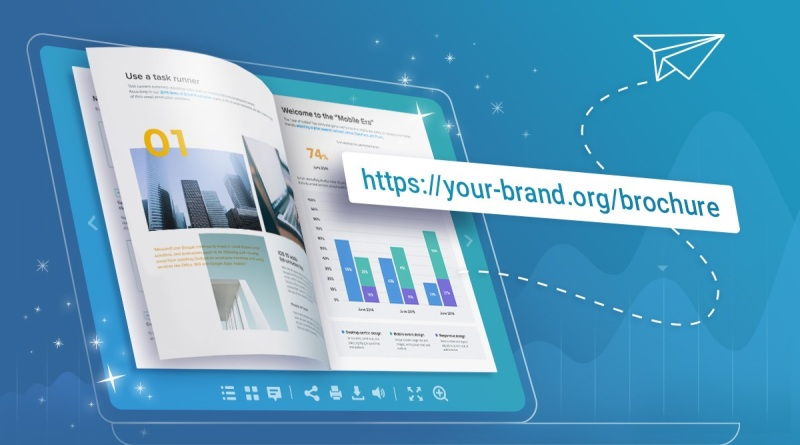
If there’s anything that will set you back link-wise, it’s typos. Typos are especially easy to run into when someone has to copy a long URL with a bunch of random characters thrown onto the end of it.
Those long links also take up a lot of physical space on paper.
So, of course print media producers want to cut down on that. Common uses of short URLs in print media:
- business cards
- brochures
- flyers
- postcards
Many phone cameras also have the ability to copy text from the lens and search that online. Making a short URL helps cameras read the text.
7. Product Packaging: Pack in a lot of information with short URLs.
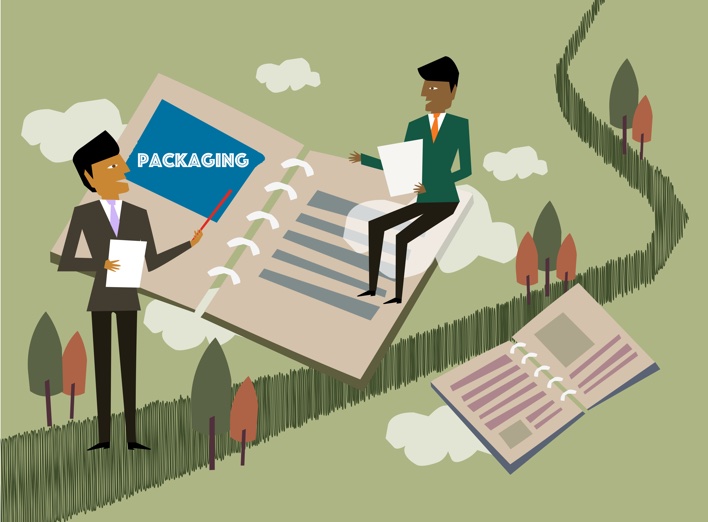
When you get a package, you don’t get just the package: You get a manual, a warranty, a number of papers with it.
Short URLs shorten the amount of characters needed for these (which is good, because the print is pretty small already).
Some common places you’ll find short URLs in the product packaging world:
- customer service link
- quick start guide
- user manual link
- warranty information link
- product information link
- user membership link
They might show up as standard links, or they might be embedded in QR codes.
8. Billboards: Make your message highly visible with shorter links and larger lettering.
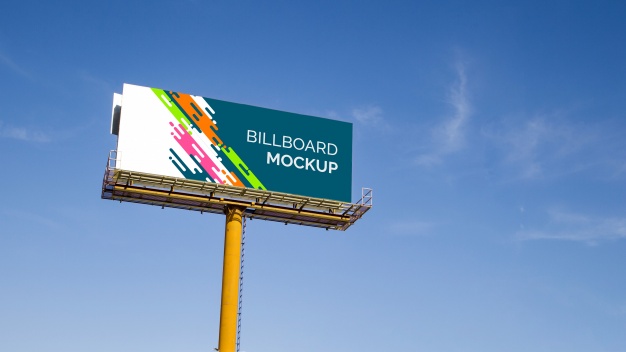
Billboards are another old-school advertising medium. But as long as cars are on the road, billboards will be seen.
It can be hard to see text, though. Billboard designers understand the need to use less text, while conveying the same message. This is the beauty of short URLs.
Uses of links on billboards:
- landing page links
- app downloading
- customer support
9. TV: Don’t miss your advertising opportunity by trying to direct users to your site with long, hard-to-read URLs.
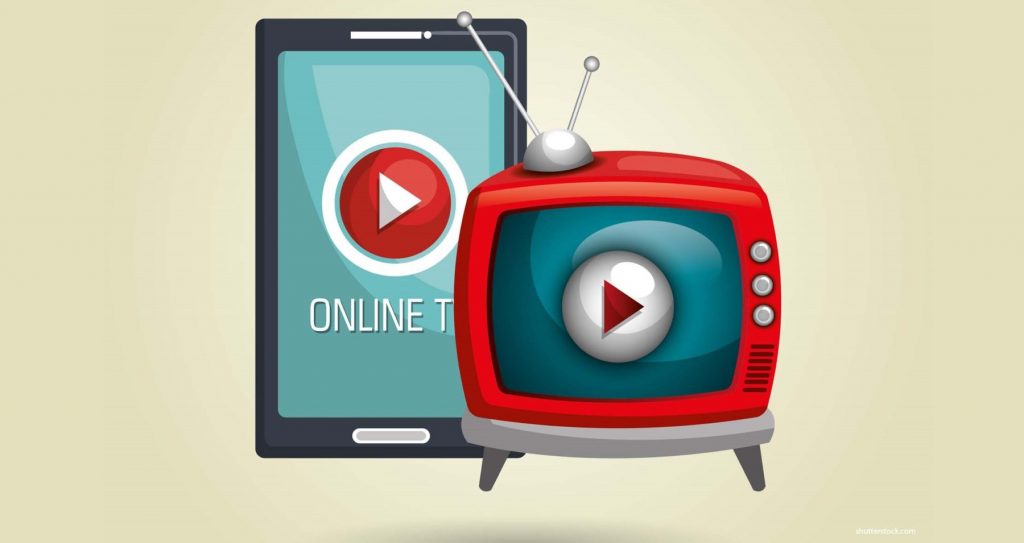
There are so many advertising opportunities within this medium. Whether you’re watching TV on a screen or on your phone, there are always ads (unless you pay to remove them, obviously). Using short URLs (especially branded ones) gets your point across without as much clutter.
Places on TV where links are used:
- news broadcasts
- informational commercials and advertisements
- payment links for subscriptions
- fundraising links in videos
10. Mobile Apps: Links take you everywhere on mobile.

If you have ever downloaded any app on a smartphone, you have seen links that direct you to websites, checkout pages, informational articles, etc. Short URLs are just easier to see and use on mobile.
You’ll find on mobile apps:
- download links
- deep links
- payment links
- authentication links
- telephone links
Apps show and do a lot. Short URLs make it easier for people to view and use them.
Now, go use short URLs to advertise, spread information, and convert leads, all with less than 160 characters (160 characters’ worth of link characters, anyway. The selling probably takes a little more work.)